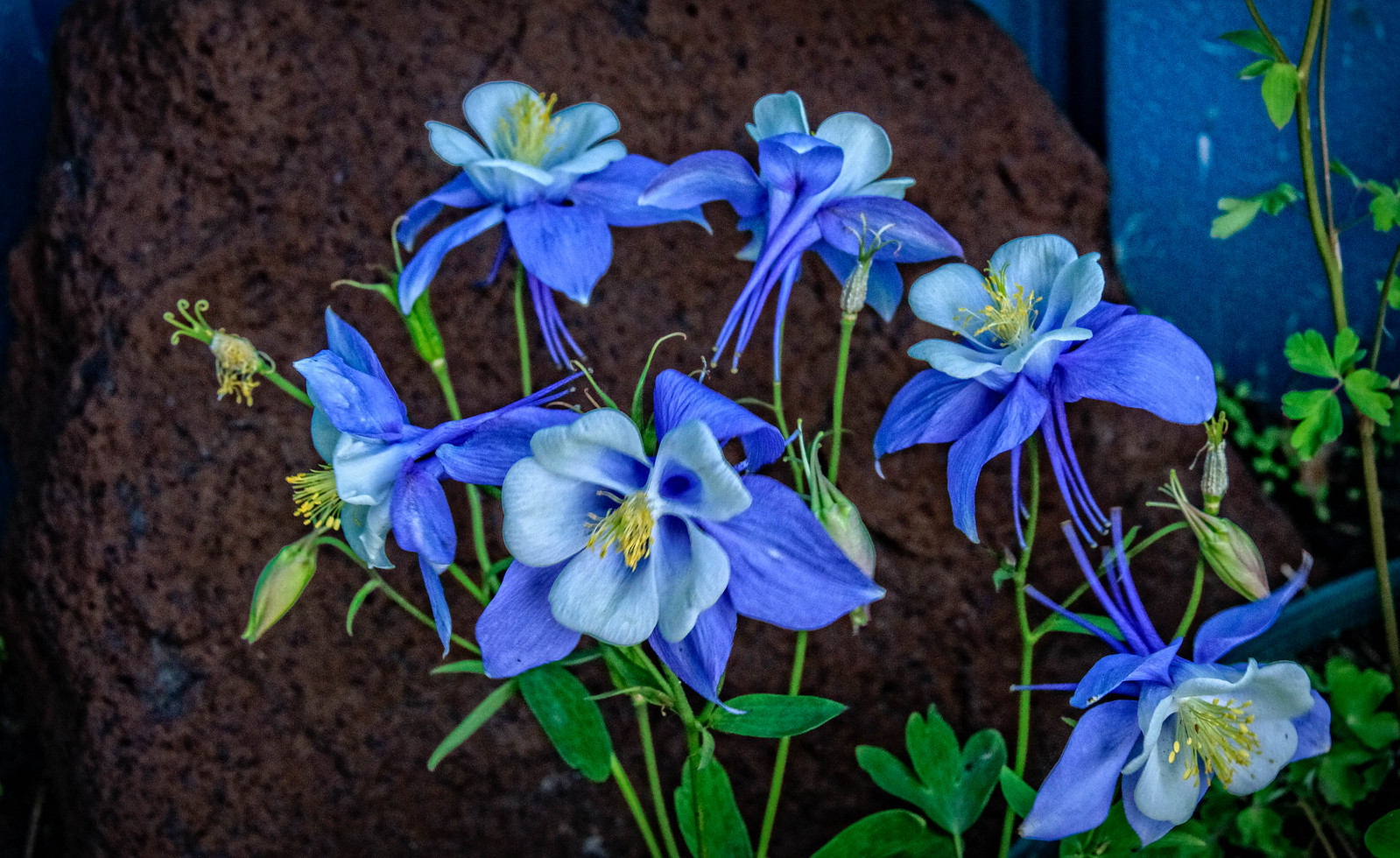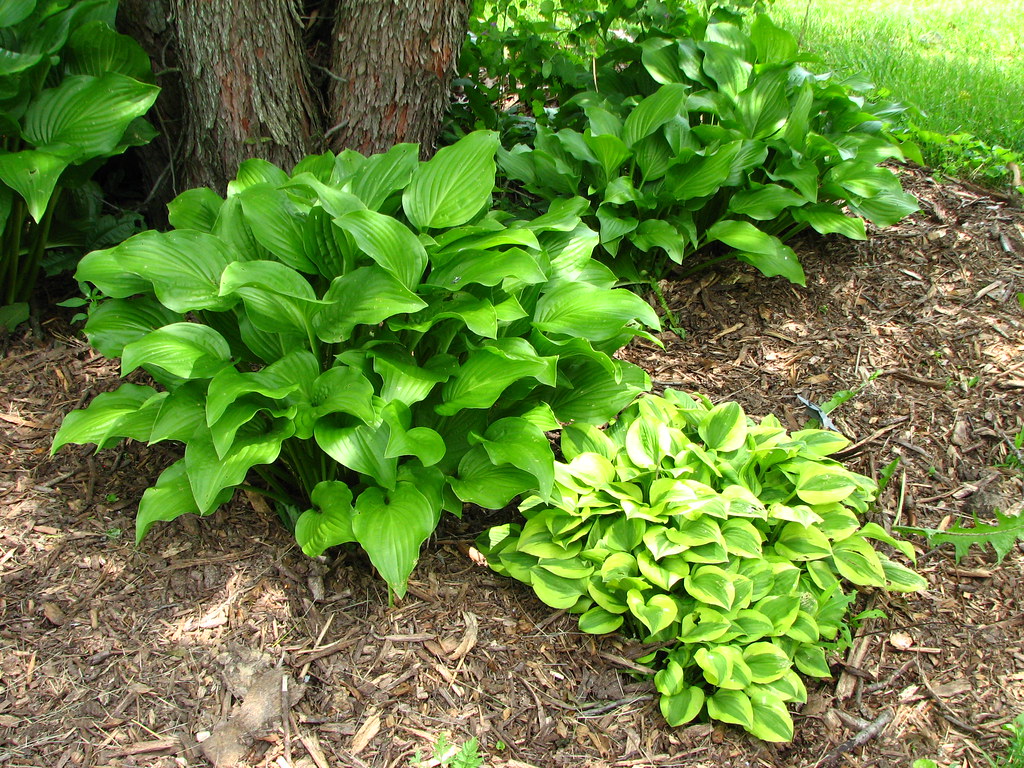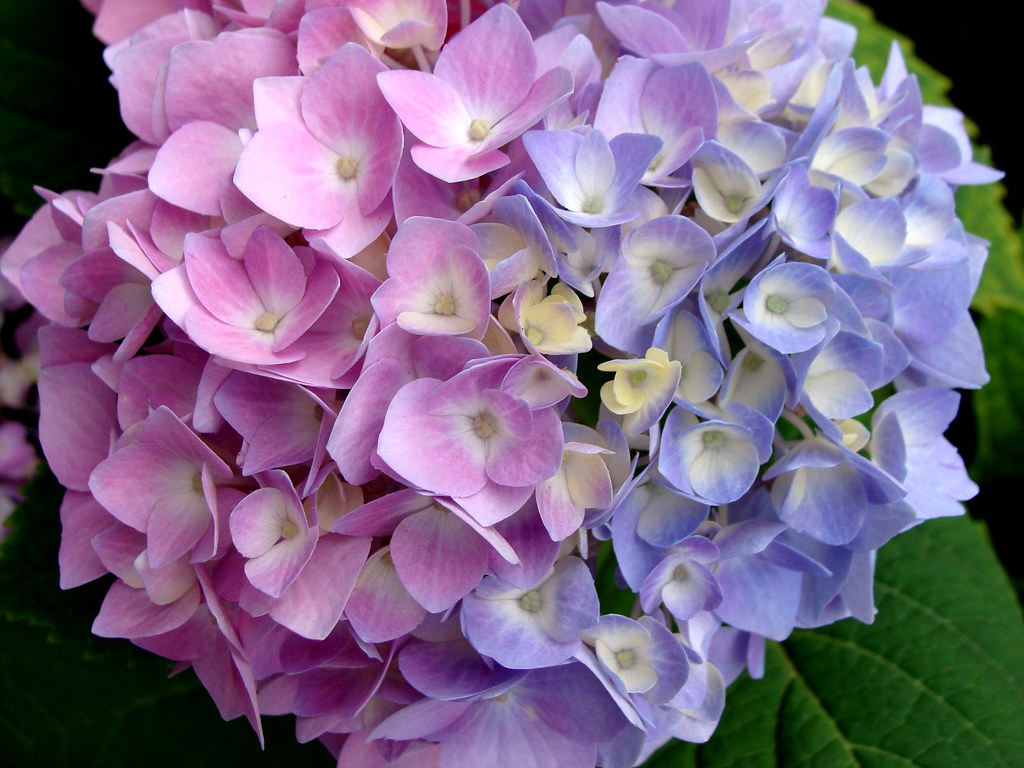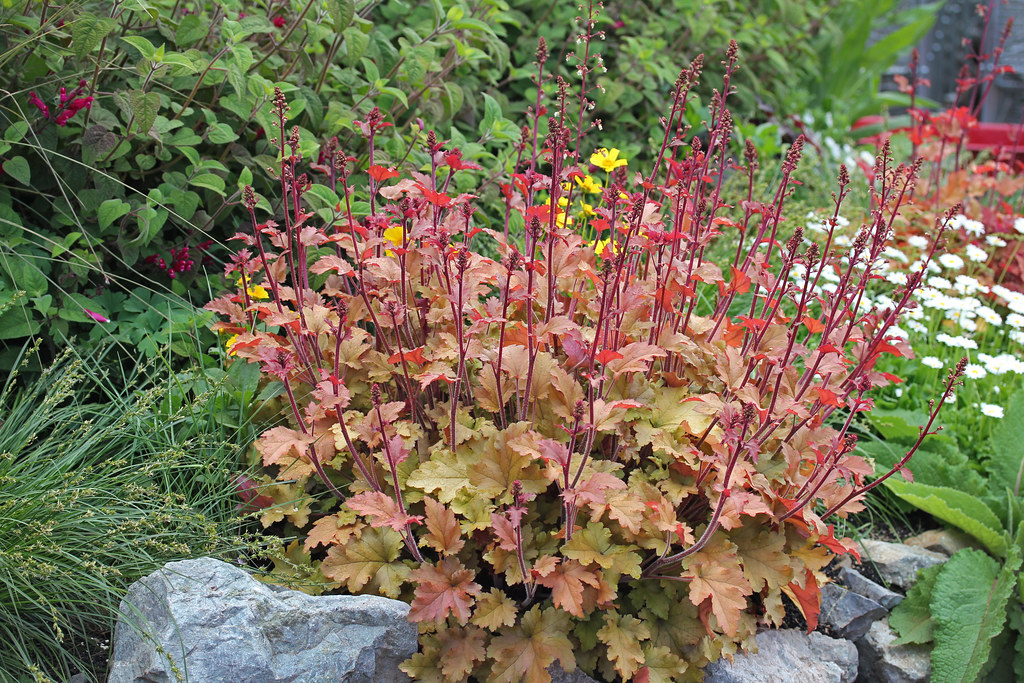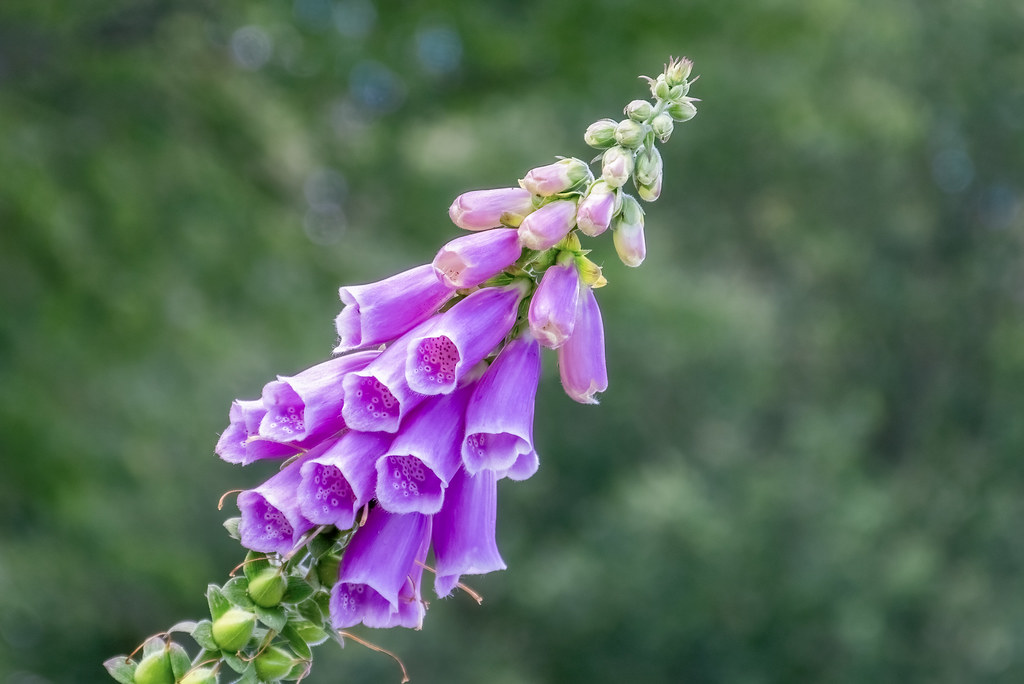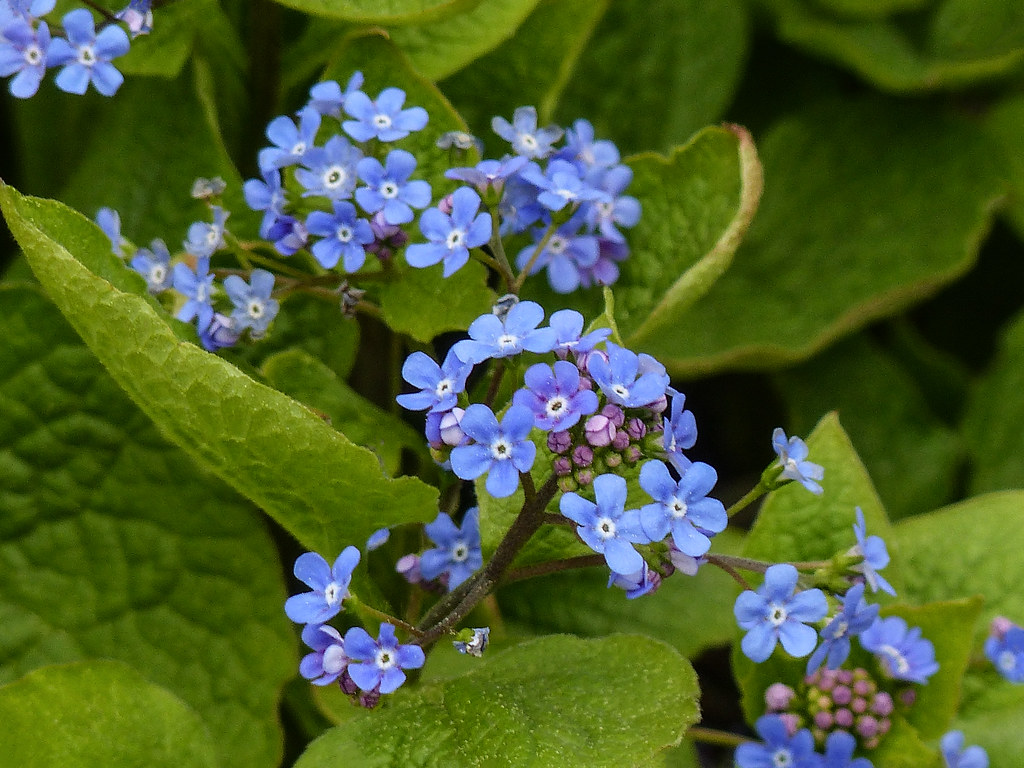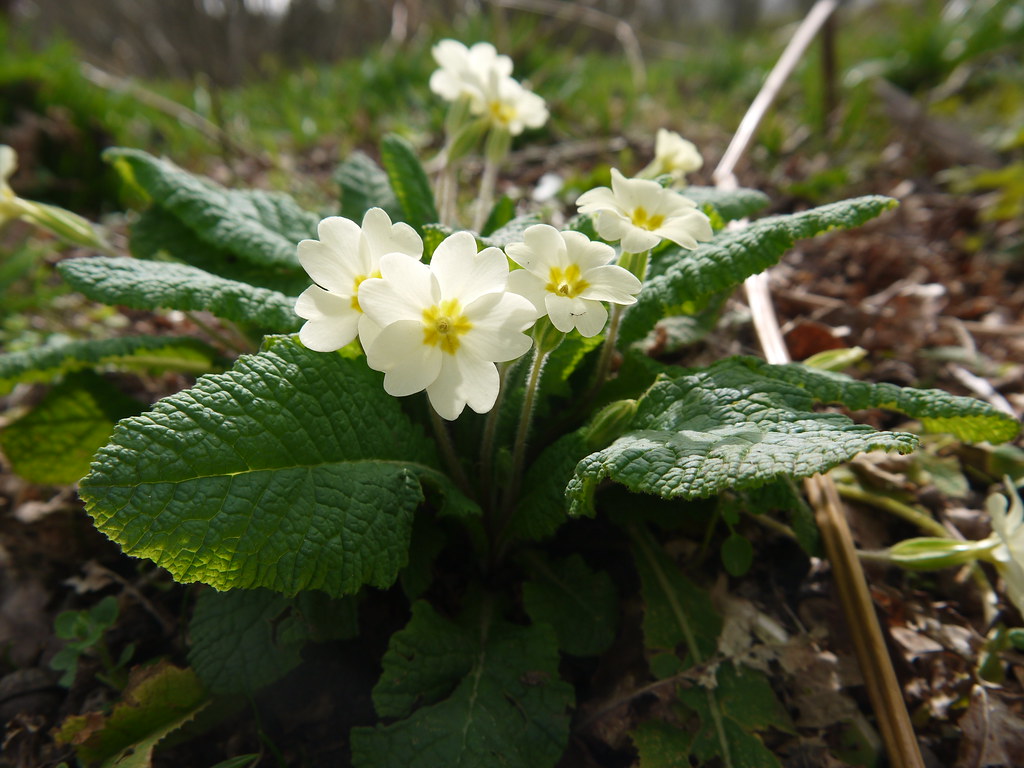If your garden gets a combination of sun and shade during the day, think about planting flowers that do well in low light conditions. Once established, flowers that tolerate partial sun will add color and beauty to those difficult-to-reach sections of your landscape.
Here are the 9 best flowers for partial sun, since they grow well in locations with varying lighting.
Astilbe
Astilbe blooms produce a long-lasting spectacle and usually bloom from late spring to late summer. They are colored in a variety of hues, such as pink, red, white, and purple tones. These perennials are especially well-suited for hardiness zones 4 through 9, and they flourish in damp, well-drained soil. minimum maintenance plants like these are a favorite among gardeners who like minimum effort.
Bleeding Hearts
Bleeding Hearts offer a colorful seasonal display throughout their multiple-week bloom, which usually occurs in late spring. As perennials, these plants do well in hardiness zones 3 through 9. They are perfect for woodland gardens because they like partial to full shade. Bleeding Hearts demand regular moisture in the soil, but other than that, they don’t take much upkeep. However, they do require adequate watering, particularly during dry spells.
Columbine
Late spring to early summer is when columbine flowers bloom, and they can last for several weeks. Their diverse range of hues, including blue, purple, red, and yellow, provides gardeners with an extensive color palette. These flowers are a good fit for forest gardens since they like partial shade and do well in well-drained soil. Columbines, that do well in the hardiness zones 3 to 9, are extremely well-liked by pollinators because of their distinctive spurred flowers, which draw butterflies and bees.
Hostas
Hostas produce white or lavender flowers in the middle of summer that linger for a few weeks. Hardiness zones 3 through 9 are ideal for these perennials, which prefer partial or full shade. They are an excellent option for gardening in places with wildlife because they are resistant to deer and rabbits. Although they may withstand brief dry spells, hostas need frequent watering and moist, well-drained soil. They require little upkeep other than the occasional pruning to get rid of spent blossoms.
Hydrangeas
Shades of blue, pink, white, and purple are just a few of the vibrant color variety that hydrangeas offer. Their color typically varies depending on the pH of the soil. They usually produce a longer display of blooms from late spring into summer. These plants require frequent watering to stay healthy since they do best in soil that drains effectively and has steady moisture levels. Hydrangeas are a garden favorite for many in the hardiness zones 3 to 9 because of their low maintenance requirements and stunning appearance.
Heuchera
Heuchera is a perennial plant that grows well in USDA hardiness zones 4 through 9. It is prized for its broad range of color variations, which span from deep purples to bright greens. These plants are suited for gardens with different levels of sunshine because they grow well in partial to full shade. Though they are generally little maintenance, they do require soil that drains well and constant hydration. Furthermore, heucheras attract pollinators like butterflies and bees, which can increase the biodiversity of gardens.
Foxgloves
Known for their towering, bell-shaped blooms, foxgloves (zones 4-9) usually have a few weeks of blooming from late spring to early summer. These biennial plants, which come in a range of hues including pink, purple, white, and yellow, thrive best in partial shade. Foxgloves require regular watering and wet, well-draining soil in order to flourish. Interestingly, pollinators like bees and butterflies like them, which adds to the rich environment in gardens.
Brunnera
The perennial plant brunnera has tiny blue flowers that remain for several weeks in the spring and are reminiscent of forget-me-nots. It is perfect for woodland gardens since it can grow in full to partial shade. Brunnera prefers regularly moist, well-drained soil, and it needs frequent irrigation, particularly during dry spells. It just need occasional division every few years to retain vigor, making it generally low-maintenance. It is optimal for the USDA hardiness zone 3 through 8.
Primroses
After the winter, primroses provide a colorful burst when they bloom in early spring. They are available in a variety of hues, including as white, pink, purple, and yellow. Primroses need partial shadow to grow well, therefore they do well in locations with filtered sunshine. They need regularly moist soil, but they also need an environment that drains effectively to prevent waterlogging. Primroses are known to draw pollinators like bees and butterflies, and they aid in the maintenance of regional ecosystems. If you want them to come back, plant them if you are in the hardiness zones between 3 and 8.


